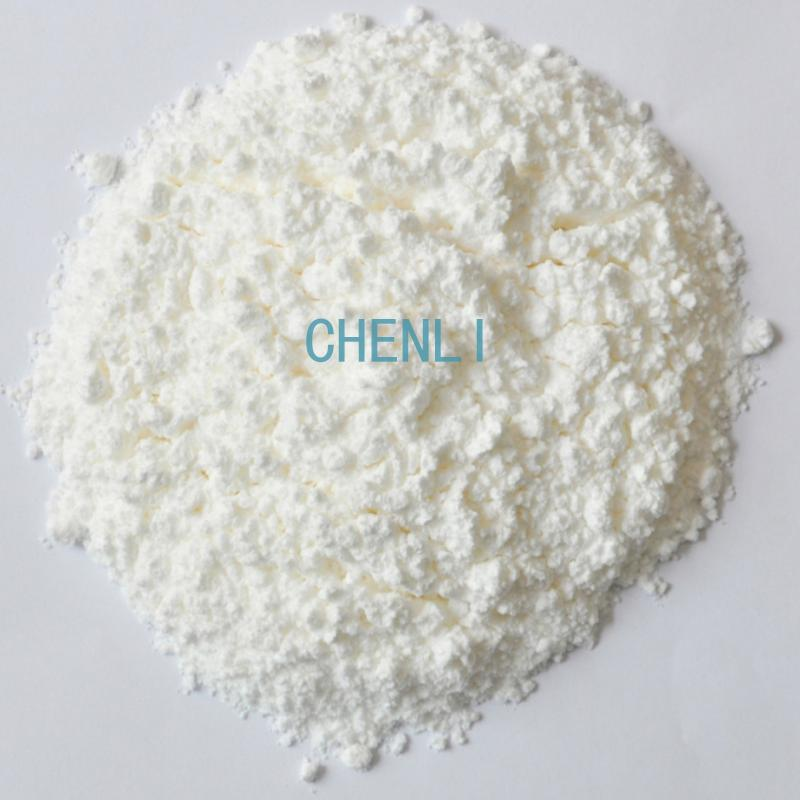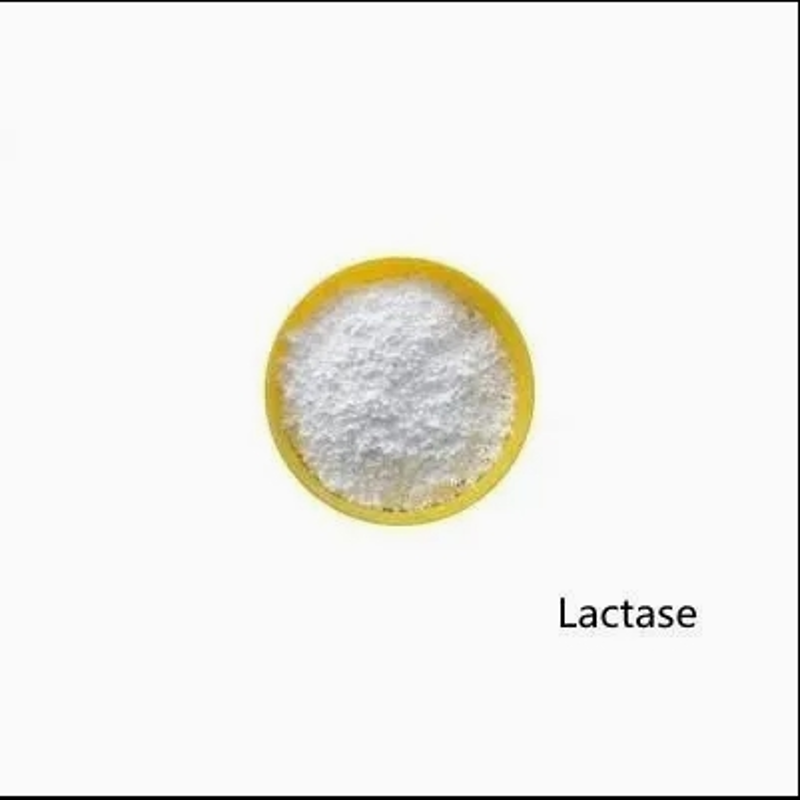-
Categories
-
Pharmaceutical Intermediates
-
Active Pharmaceutical Ingredients
-
Food Additives
- Industrial Coatings
- Agrochemicals
- Dyes and Pigments
- Surfactant
- Flavors and Fragrances
- Chemical Reagents
- Catalyst and Auxiliary
- Natural Products
- Inorganic Chemistry
-
Organic Chemistry
-
Biochemical Engineering
- Analytical Chemistry
-
Cosmetic Ingredient
- Water Treatment Chemical
-
Pharmaceutical Intermediates
Promotion
ECHEMI Mall
Wholesale
Weekly Price
Exhibition
News
-
Trade Service
A few days ago, the National Food Safety Risk Assessment Center solicited public opinions
on the application of 10 kinds of food additives, including four new varieties of enzyme preparations for the food industry such as stabilizers and coagulants, potassium aspartate, proteases, 2 new varieties of food nutrition enhancers, new varieties of food spices, 2-hexylpyridine, 2'-fucosyllactose, and two new varieties of food additives that expand the scope of use, such as sodium cyclohexyl sulfamate (also known as cyclamate).
In the new variety of food additives to be consulted, it is shown that potassium polyaspartate is used in wine (food category 15.
03.
01).
The US Food and Drug Administration, the European Commission, and the Australian and New Zealand Food Standards Agency allow it to be used as a food additive in wine
.
According to the assessment of the Joint FAO/WHO Expert Committee on Food Additives, the allowable daily intake of this substance does not need to be limited
.
The substance is used as a stabilizer and coagulant in wine (food category 15.
03.
01) to improve the organoleptic quality and stability
of the product.
The protease derived from Trichoderma lyticii is applied for as a new variety
of enzyme preparations for the food industry.
The Danish Veterinary and Food Agency, the French Food Safety Agency, etc.
allow it to be used
as an enzyme for the food industry.
The substance is used as an enzyme preparation for the food industry and is mainly used to catalyze proteolysis
.
Its quality specifications implement the "National Food Safety Standard Food Additives Enzyme Preparations for the Food Industry" (GB 1886.
174).
Trichoderma lytica derived phospholipase A2 is applied for as a new variety
of enzyme preparations for the food industry.
The U.
S.
Food and Drug Administration allows it to be used in food
.
As an enzyme preparation for the food industry, the substance is mainly used to catalyze the hydrolysis
of phospholipids.
Its quality specifications implement the "National Food Safety Standard Food Additives Enzyme Preparations for the Food Industry" (GB 1886.
174).
Maltoamylase derived from Saccharomyces cerevisiae is applied for as a new variety
of enzyme preparations for the food industry.
The Australian and New Zealand Food Standards Agency allows it to be used
as an enzyme for the food industry.
As an enzyme preparation for the food industry, the substance is mainly used to catalyze the hydrolysis
of starch.
Its quality specifications implement the "National Food Safety Standard Food Additives Enzyme Preparations for the Food Industry" (GB 1886.
174).
Papiliotrema terrestris-derived lactase (β-galactosidase) is applied for as a new variety
of enzyme preparations for the food industry.
The Danish Veterinary and Food Agency, the Australian and New Zealand Food Standards Agency, etc.
allow it to be used
as an enzyme for the food industry.
As an enzyme preparation for the food industry, the substance is mainly used to catalyze lactose hydrolysis and transglycosyl reaction
.
Its quality specifications implement the "National Food Safety Standard Food Additives Enzyme Preparations for the Food Industry" (GB 1886.
174).
2-Hexylpyridine is applied for as a new variety
of food spices.
The American Association of Flavor and Extract Manufacturers, the International Food Flavor Industry Organization, the European Commission, etc.
allow it to be used
as food flavors in all kinds of food according to production needs.
The substance is formulated into food flavor and used in various foods (except for the food category of Table B.
1 of the National Food Safety Standard Food Additive Use Standard<GB2760> to improve the taste
of food.
2'-Fucolyl lactose is applied for as a new variety of
food nutrition enhancer.
The U.
S.
Food and Drug Administration, the European Commission, the Australian and New Zealand Food Standards Agency, etc.
allow 2'-fucolyl lactose derived from this strain to be used in food categories
such as infant formula.
This substance acts as a food nutrition enhancer and is the most abundant human milk oligosaccharide
in breast milk.
Lactose-N-Netetrasaccharide is applied for as a new variety of
food nutrition enhancer.
The U.
S.
Food and Drug Administration, the European Commission, the Australian and New Zealand Food Standards Agency, etc.
allow lactose-N-neotetrasaccharide derived from this strain to be used in food categories
such as infant formula.
The substance acts as a food nutrition enhancer and is a major human milk oligosaccharide
in breast milk.
Sodium cyclohexyl sulfamate (also known as cyclamate) as a sweetener has been included in the "National Food Safety Standard Food Additive Use Standard" (GB 2760), which is allowed to be used in frozen drinks, jams, breads, pastries, beverages, jellies and other food categories
.
This application is extended to baked food fillings and surface batters (baked food fillings only) (food category 07.
04) and puffed foods (food category 16.
06).
The Codex Alimentarius Commission, the European Commission, etc.
allow it to be used as a sweetener in baked products
.
According to the results of the Joint FAO/WHO Expert Committee on Food Additives, the allowable daily intake of the substance is 0-11 mg/kg body weight
.
The substance is used as a sweetener in baked food fillings and surface batters (baked goods fillings only) (food category 07.
04) and puffed foods (food category 16.
06) to give sweetness
to foods.
Its quality specifications implement the "National Food Safety Standard Food Additive Sodium Cyclohexyl Sulfamate (also known as Cyclamate)" (GB 1886.
37).
Vitamin E as an antioxidant has been included in the "National Food Safety Standard Food Additive Use Standard" (GB 2760), which is allowed to be used in fried noodle products, instant rice noodle products, compound seasonings, puffed foods and other food categories
.
This application expands the scope of use for batters (e.
g.
for fish and poultry batters), flour wrapping, and frying powder (food category 06.
03.
02.
04).
The U.
S.
Food and Drug Administration, Japan's Ministry of Health, Labor and Welfare, etc.
allow it to be used as an antioxidant in food
.
According to the results of the Joint FAO/WHO Expert Committee on Food Additives, the allowable daily intake of the substance is 0.
15-2 mg/kg body weight
.
The substance acts as an antioxidant in batters (e.
g.
for fish and poultry batter), flour, frying powder (food category 06.
03.
02.
04), slows oxidative fading of foods
.
Its quality specifications implement the "National Food Safety Standard Food Additive Vitamin E" (GB 1886.
233).
China Food News (November 07, 2022, Edition 06).
(Editor: Yang Xiaojing)







